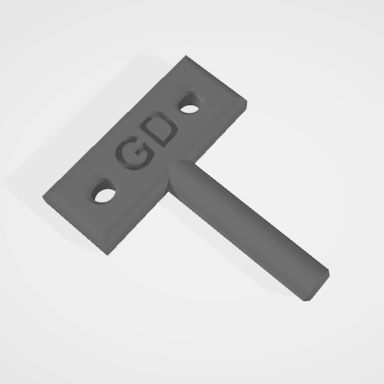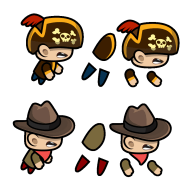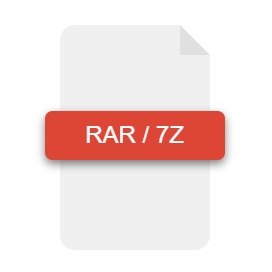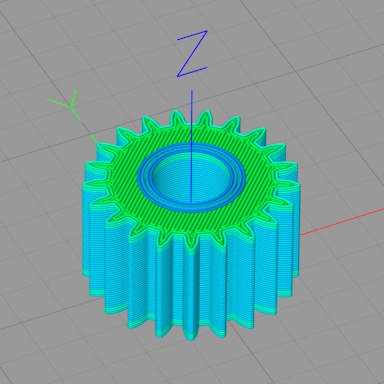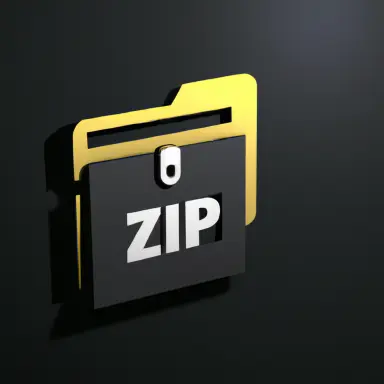WEBP file format information
A WebP file is a next-generation image file format designed for the web. It allows large and highly detailed photographic-quality images to be stored using a very small file size, making it an ideal format for use by websites where bandwidth comes at a premium.
It's aim is to replace other photographic formats, such as JPEG, by offering similar levels of compression and quality while offering a superior reduction in file size. As well as storing static images, the WEBP format can also store animations, making it a great alternative to the traditional animated GIF format.
As the WEBP format is still relatively new, support for it is best found in modern image editing applications or those that benefit from regular updates.
Repairing a WEBP File
WEBP Image File Header Data
The data contained within a WEBP image file is binary, and it is the first sequence of bytes within the file that contains the header data for the image, which contains information such as image width, height, colour depth, palette, and other metadata.
Knowing how this header data is formed and what the header data should be for each individual file type allows our tool to not only ensure the file is using the correct file extension but also that all the expected pixel data is present and correct.
Pixel Colour Depth and Palettes
Certain image file formats (oftentimes, but not always, older formats), such as WEBP, can store pixel data using a reduced number of bits per pixel. For regular full-colour images, these are stored at 24-bits per pixel (1 byte per RGB channel, equating to roughly 16 million colours). Storing pixels using reduced bits per pixel can help reduce the final file size, and older legacy hardware was often limited by the colour depth of their displays anyway, making this practice worthwhile.
Palettes are also commonplace, allowing a limited number of colours to be used from the full 16 million colour space. The WEBP often does this to significantly reduce file size while retaining pixel and colour detail. During the validation and repair process, our tool will not alter the pixel colour depth or, if present, any palette used by the image.

